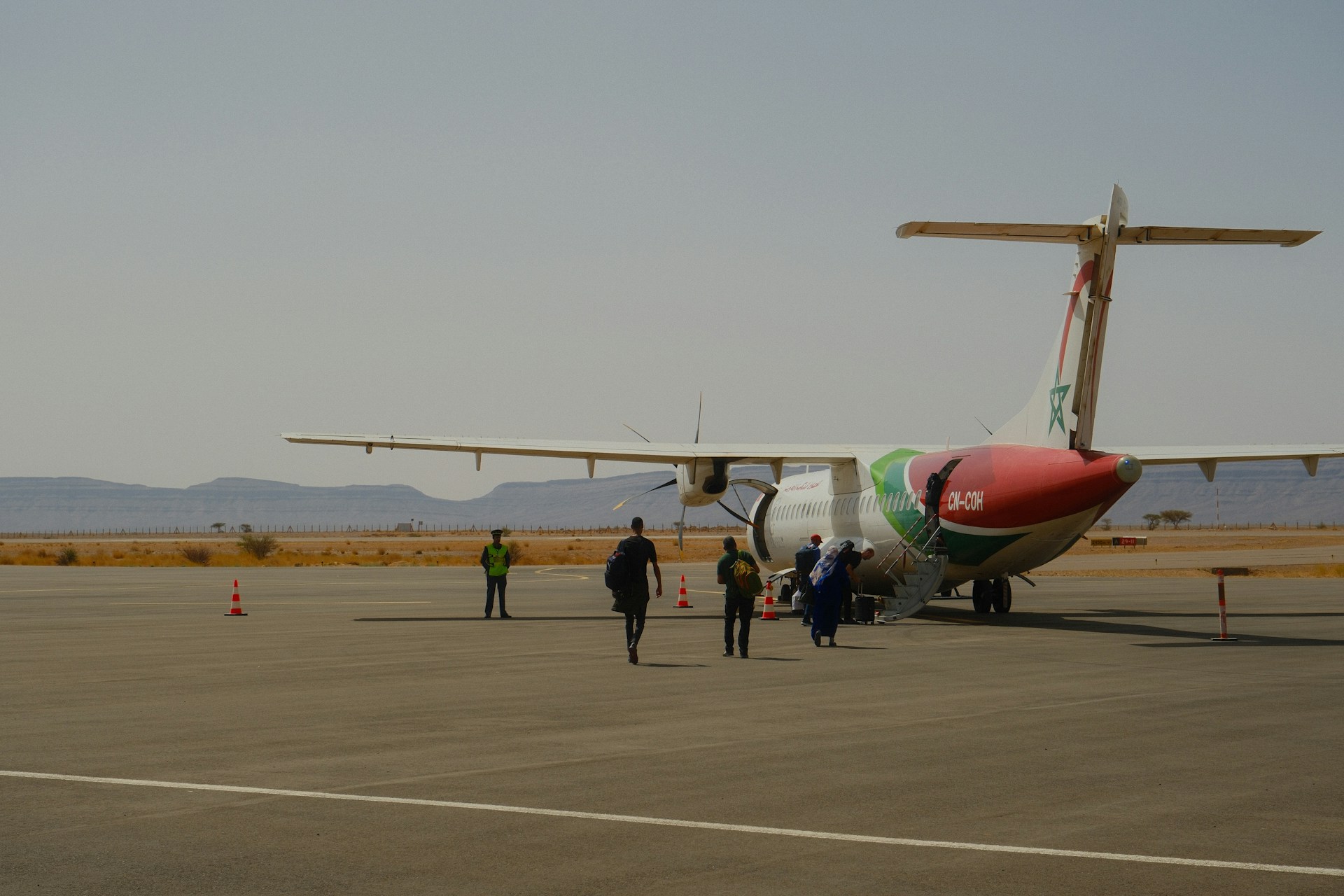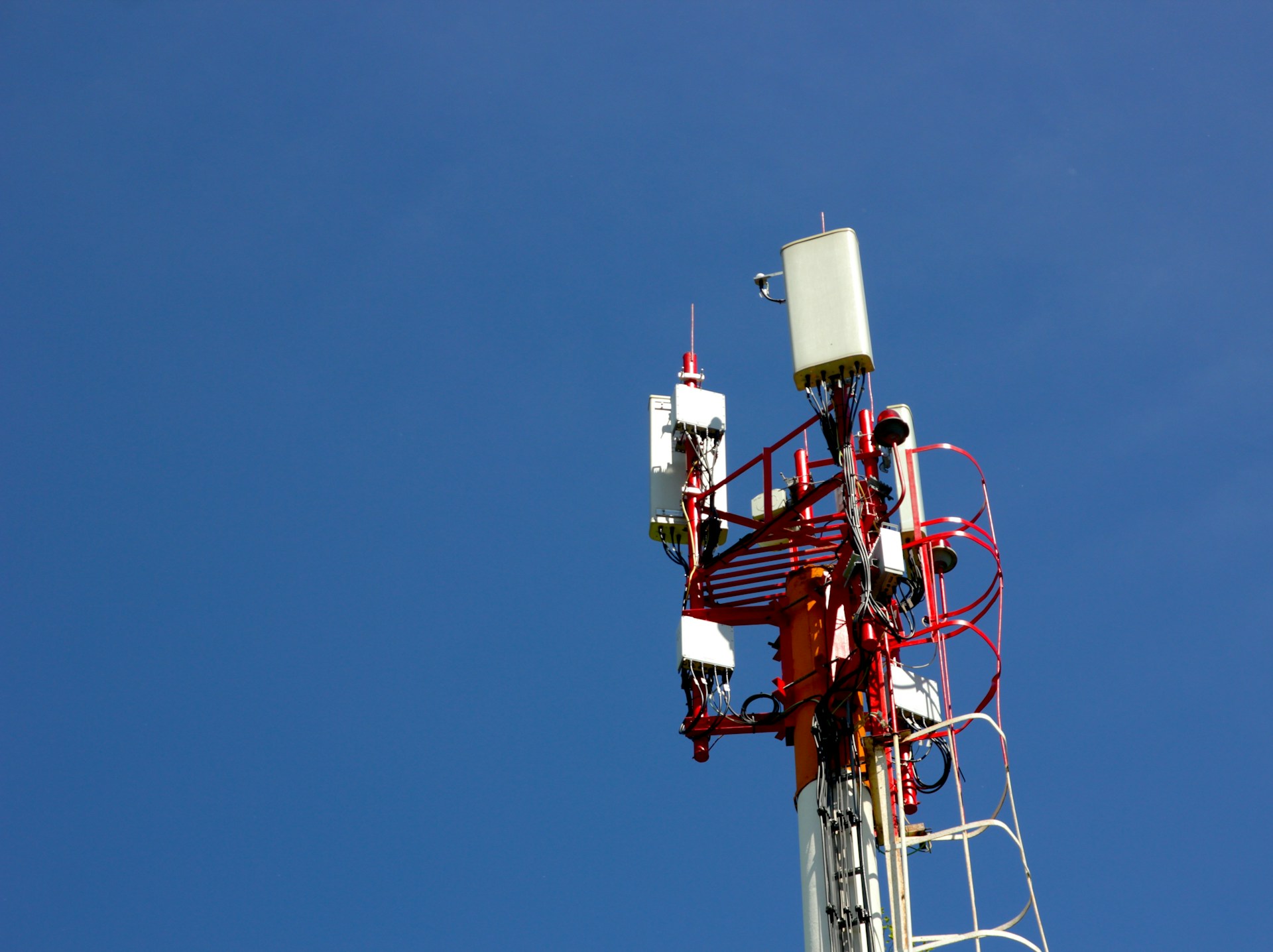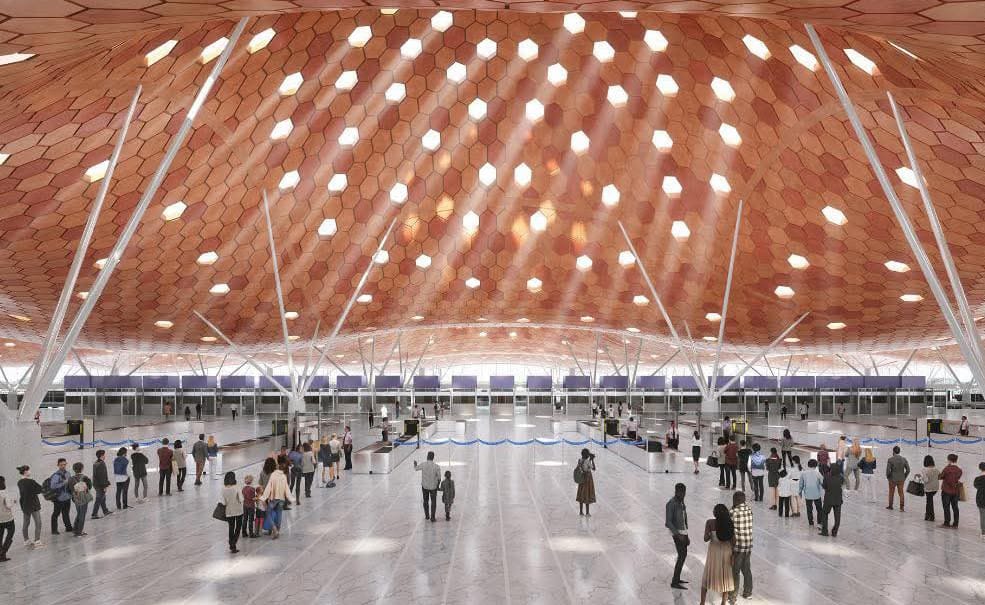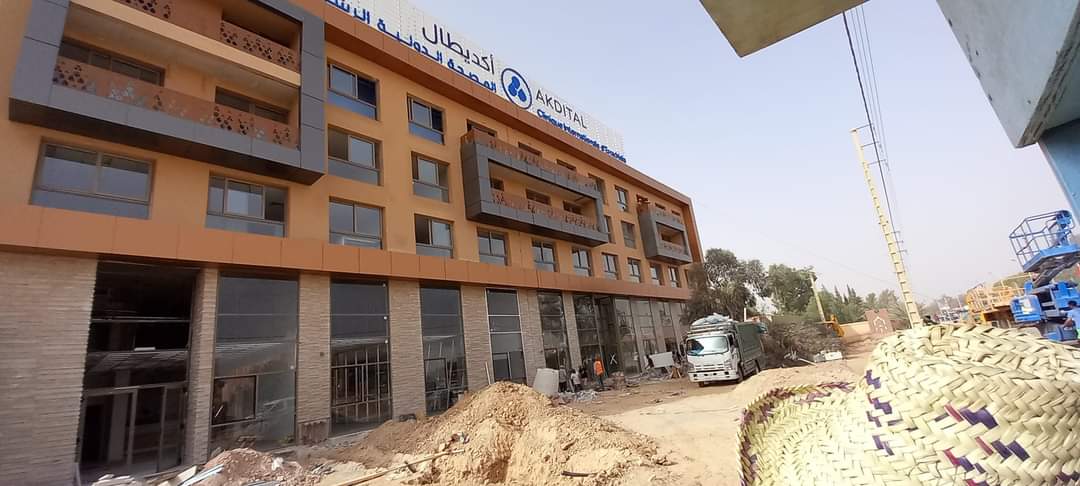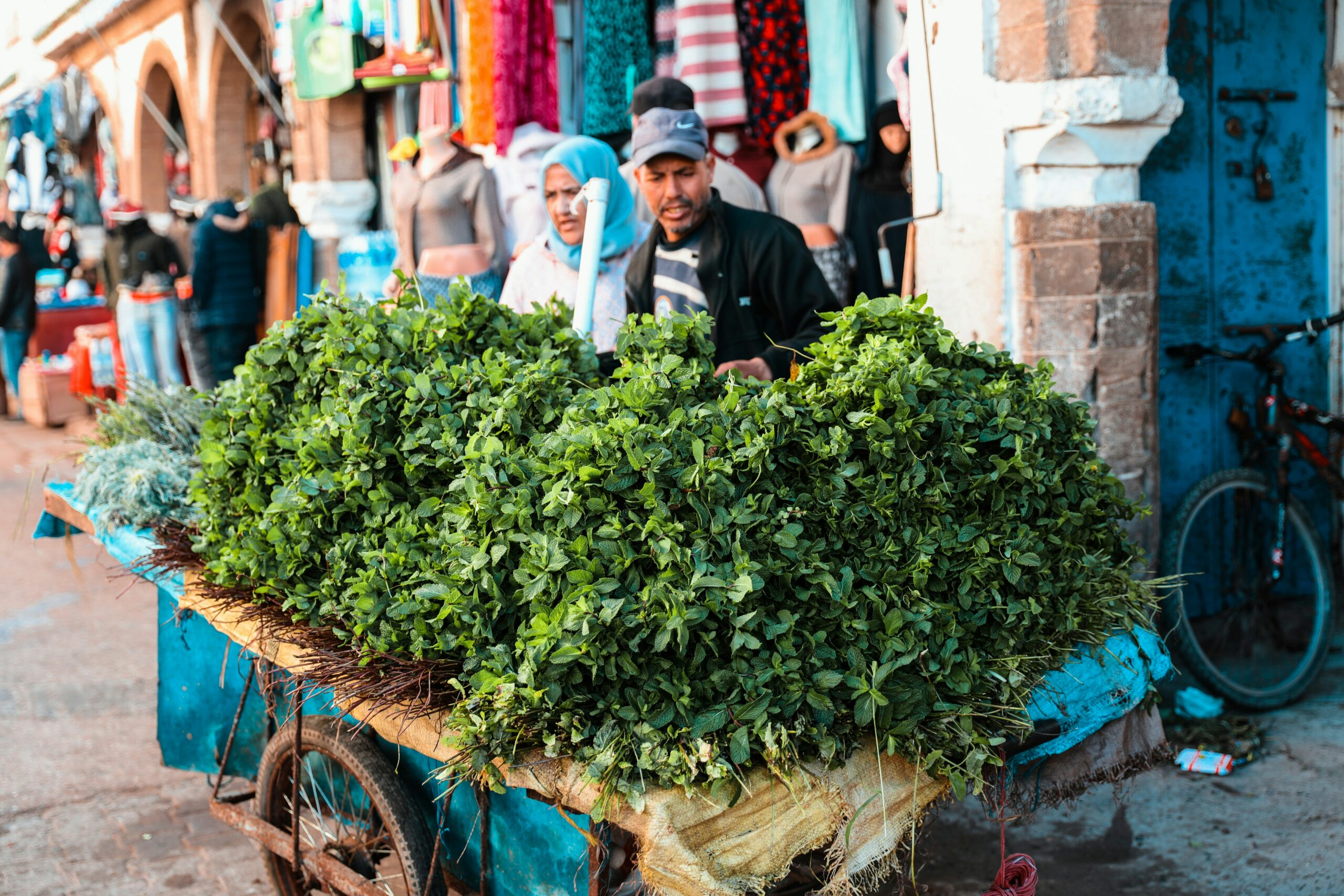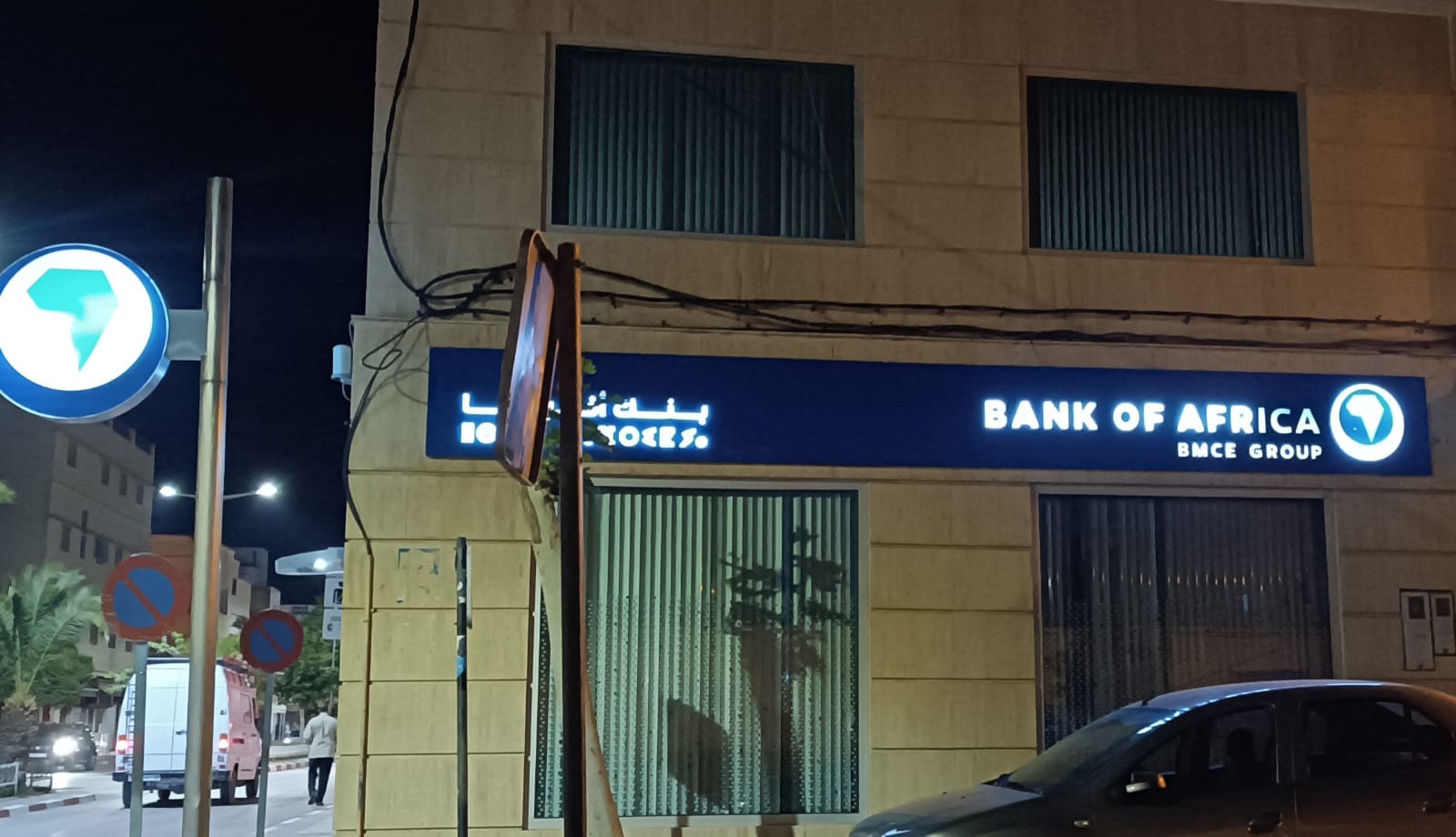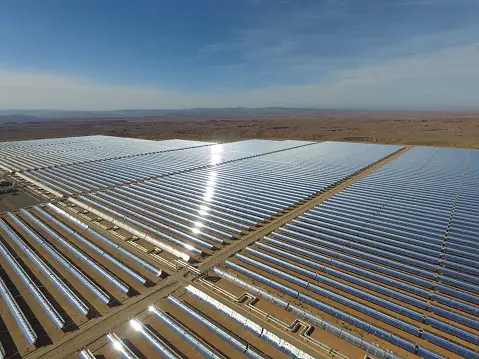Casablanca – Morocco has officially entered the era of fifth-generation mobile technology (5G), marking a significant milestone in its digital transformation journey. The government announced the launch of 5G services during a recent board meeting of the National Telecommunications Regulatory Agency (ANRT), chaired by Prime Minister Aziz Akhannouch. This launch comes with a comprehensive plan to expand 5G coverage to approximately 85% of the Moroccan population by 2030, backed by substantial investments totaling around $8 billion.
Strategic vision and national priorities
The rollout of 5G is part of Morocco’s broader “Morocco Digital 2030” strategy, a long-term vision aimed at positioning the country as a regional leader in digital infrastructure and services. This strategy is coordinated by the government to promote economic growth, social inclusion, and sustainable development through advanced digital technologies.
Prime Minister Akhannouch emphasized the pivotal role telecommunications play in national development, stating that universal connectivity—especially in mountainous and underserved rural areas—is a critical priority rather than an option. The government is committed to bridging the digital divide by ensuring equitable access to high-speed internet across all regions of the kingdom.
Key investment and licensing decisions
The ANRT’s board meeting, held in Rabat on July 25, 2025, approved the issuance of three licenses for operating 5G networks in Morocco. These licenses were awarded to three companies: Maroc Telecom, Medi Telecom, and Wana Corporate. The total license fees paid amount to approximately $216 million, distributed as follows:
- Maroc Telecom: $98 million for a 120 MHz frequency band
- Medi Telecom: $65 million for a 70 MHz frequency band
- Wana Corporate: $65 million for a 70 MHz frequency band
The licensing process, launched earlier in July 2025, followed a competitive evaluation based on commitments to investment, network coverage, and service quality. Maroc Telecom and Wana Corporate each scored 87 points in the evaluation, while Medi Telecom scored 85 points.
Nationwide coverage and infrastructure commitments
The selected operators have pledged to invest heavily in expanding Morocco’s 5G infrastructure, with total investments projected to reach approximately $8 billion by 2035. This investment will cover infrastructure build-out, operational costs, and service quality enhancements.
The rollout plan prioritizes connecting major urban centers during the initial phase, which will be completed by the end of 2025. By 2026, the network is expected to cover at least 45% of the population. Coverage is slated to expand further, reaching 85% of the population by 2030.
To support this ambitious coverage goal, the government and ANRT are conducting a detailed survey to identify underserved and remote areas with poor or no connectivity. Special programs will be implemented to ensure rapid deployment of 5G infrastructure in these regions, including mountainous and rural zones, thereby reducing the digital divide.
Enhancing connectivity and socioeconomic impact
Morocco currently boasts around 57 million mobile subscribers and 40 million internet users, corresponding to roughly 90% mobile penetration and substantial internet usage, well above the African average of 37%. The introduction of 5G technology is expected to further boost these figures by providing ultra-fast, reliable internet connectivity to millions of Moroccans.
The impact of 5G is anticipated to extend beyond consumer internet speeds. It will serve as a catalyst for digital innovation in key sectors such as healthcare, education, agriculture, industry, transport, energy, and tourism. Enhanced connectivity will facilitate the development of smart cities, Internet of Things (IoT) applications, artificial intelligence solutions, and remote work and learning opportunities.
Socially, improved network access will help narrow the urban-rural divide, offering underserved populations better access to digital services and improving quality of life in isolated communities.
Regional leadership and technological sovereignty
Morocco’s 5G initiative places it among a select group of African countries actively pursuing advanced telecommunications infrastructure, including South Africa, Egypt, and Nigeria. The government’s proactive approach reflects a commitment to making digital transformation a pillar of sustainable development rather than merely a technological upgrade.
The Moroccan government also plans to modernize the National Frequency Plan (PNF) to align with evolving technology and economic needs. The ongoing expansion of fiber optic networks and broadband connectivity underpins the 5G rollout, ensuring a robust backbone for high-speed mobile internet services.
Challenges and future outlook
Despite the promising outlook, the successful deployment of 5G faces challenges such as the modernization of existing infrastructure, ensuring cybersecurity, managing the radio frequency spectrum efficiently, and addressing the high costs of network equipment and maintenance.
Moreover, safeguarding user data privacy amid increased data flows and the growing reliance on cloud and big data technologies remains a key concern.
The government is actively collaborating with private sector operators and civil society to address these challenges and to ensure the 5G rollout delivers inclusive benefits across Morocco.
Morocco’s official launch of 5G technology represents a decisive step towards digital modernization, with far-reaching implications for economic growth and social development. With a substantial investment plan and clear government backing, Morocco is poised to enhance connectivity nationwide, reduce digital disparities, and position itself as a leader in Africa’s digital future.




